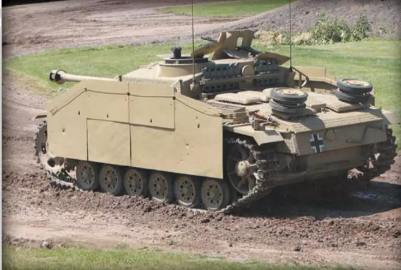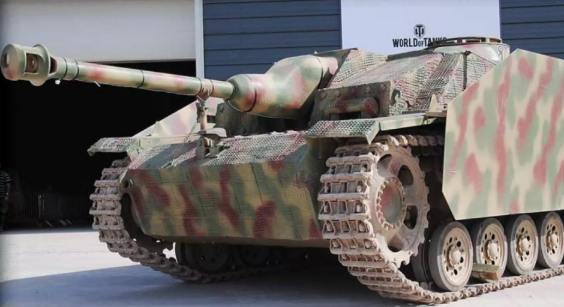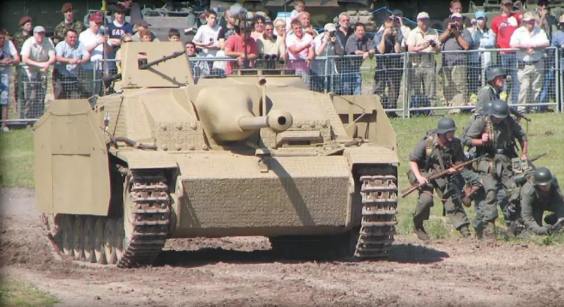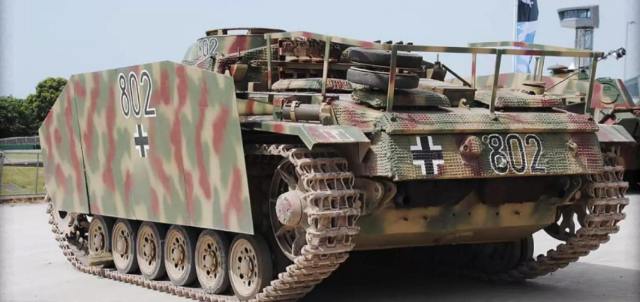Explore the development of the legendary German Sturmgeschütz III (StuG III) assault gun from its origins on the Panzer III chassis to its final, deadly Ausf. G version.
Table of Contents
The Story of Germany’s StuG III
Among the most effective and widely produced German armored fighting vehicles of World War II, the Sturmgeschütz III, or StuG III, holds a legendary status. Born from a need for a dedicated infantry support weapon, this turretless assault gun evolved into a deadly tank destroyer that served on every front. This article explores the history and development of this iconic German warhorse.
Origins on a Proven Chassis

The concept for the StuG III began with a 1935 proposal by General Erich von Manstein for a specialized armored vehicle to support infantry units. In June 1936, Daimler-Benz was tasked with its design, which was to be based on the proven and reliable Panzer III chassis. Lacking a traditional rotating turret, the main gun was mounted directly into the hull, giving it a low silhouette that was ideal for ambushes and defensive positions.
Upgrades for the Eastern Front

The initial models, Ausf. A through E, were armed with a short-barreled 7.5cm StuK 37 L/24 gun, effective for its original infantry support role. However, the emergence of formidable Soviet tanks like the KV-1 and T-34 on the Eastern Front prompted a direct order from Adolf Hitler in 1941 to upgrade the StuG’s firepower and protection. This led to the Ausf. F version, which featured increased frontal armor up to 80mm and was equipped with a more powerful, long-barreled 7.5cm StuK 40 gun (initially the L/43, then the L/48).
The Definitive Ausf. G
The final and most produced version, the Ausf. G, entered production in late 1942 and remained largely unchanged until the end of the war. By March 1945, some 7,720 units had been built. Key features of the Ausf. G included a commander’s cupola, a shield for the machine gun, and the distinctive “Saukopf” (pig’s head) gun mantlet for better protection. Many were also fitted with

Schürzen side plates to defend against anti-tank rifles and HEAT rounds.
From its conceptualization as an infantry support vehicle to its critical role as a tank destroyer, the StuG III was a testament to German wartime adaptation and engineering. Its cost-effectiveness, powerful armament, and low profile made it an indispensable asset for the Wehrmacht throughout the war, cementing its place in military history.
Norris, John. “The Stug III.” Military Trader & Vehicles, August 2025, pp. 18-23.
- Curses: The History of the Evil Eye and Binding Magic
- Magical Plants: A Witch’s Garden of Herbs and Poisons
- Roman Magic: Curses, the Strix, and Everyday Protection
- Circe: The Greek Sorceress of Transformation and Myth
- Greek Magic: Hecate’s Power, Oracles, and Enchantresses
- Japanese Magic: Yōkai, Onmyōdō, and Supernatural Folklore
- Empress Chen Jiao: The Royal Scandal of Witchcraft in Han China
